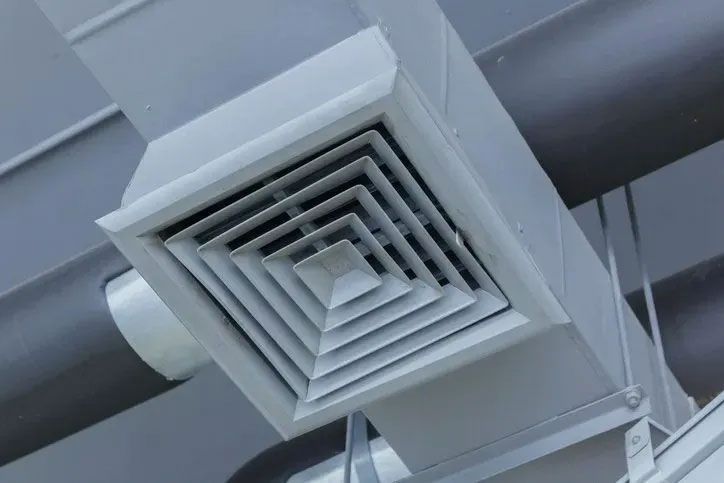Winter Special Offer: Call or email now to hear about multi-service discounts when you hire us for Air Duct Cleaning, Chimney Cleaning and Dryer Vent Cleaning
Own a Fireplace? What You Need to Know About Firewood
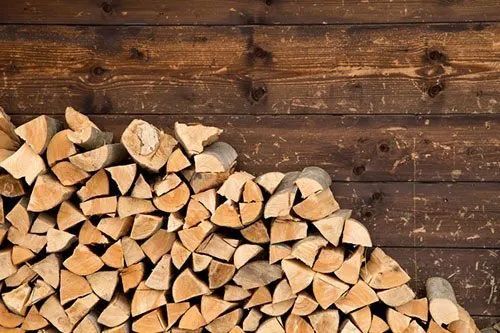
The firewood you use in your fireplace can have a big effect on its functionality. If you use the wrong firewood, this can cause creosote to build up in your chimney, which could result in a chimney fire. Knowing which wood is best, how to identify that wood, and how to store it properly can help prevent problems with your fireplace. Here's what you need to know.
Know the Difference Between Green and Seasoned Firewood
Seasoned wood is wood that has cured and dried so it will burn easily. Seasoned firewood has a moisture content of about 20%. When burned, it produces a lot of heat, relatively little smoke, and a bright orange flame.
Green firewood is firewood cut recently. Green firewood can have a very high moisture content. When green firewood burns, it produces a low and greasy flame, less heat, and more smoke.
Burn Seasoned Firewood for a Safer Chimney
Smoke contains creosote. When the smoke passes into the cooler parts of the chimney, condensation forms on the inside of the chimney and creosote gathers on the liner. Creosote forms a very sticky gluey substance on the inside of the chimney.
Creosote forms quickly when green firewood burns because the fire doesn't get hot enough to warm up the upper parts of the chimney. This causes condensation to form fast. If the firewood is seasoned, the fire will burn hot and less condensation will form on the inside of the chimney.
The more condensation and creosote you have in your chimney, the greater your chances for a chimney fire. Avoid this potential tragedy by burning seasoned firewood.
Know How to Identify Seasoned Firewood and Green Firewood
Seasoned firewood and green firewood have distinctive differences that make them relatively easy to identify, if you know the differences. Seasoned firewood will be a silvery gray or a brownish yellow color. Seasoned firewood also has cracks on the ends.
When seasoned firewood pounds together, it will make a hollow noise. Additionally, if you hold a piece of seasoned firewood in one hand and a piece of non-seasoned firewood of approximately the same size in the other hand, seasoned firewood will be lighter.
Green firewood doesn't usually have cracks on the ends. The firewood will be creamy or light in color. If you burn green wood, this will produce a bubbling or boiling water on the ends - this is the moisture content of the firewood burning out.
Store Your Wood Properly
Storing firewood properly is important for ensuring that it remains dry and usable. If your firewood has been properly seasoned, it may still absorb water from the ground if the firewood is there. Store firewood up on a rack or in a shed to prevent the wood from absorbing water from the ground.
Avoid storing firewood in conditions that will not allow it to breathe. If the firewood is stored in humid conditions, the firewood will not dry out and may begin to rot before it is ready for burning.
Avoid storing firewood right beside the opening of the fireplace. Firewood stored beside the fireplace can be a fire hazard in the event that a spark flies from the fire and into the room. If you do store your firewood near the hearth, keep a screen up in front of the fireplace to help stop sparks from flying from the fireplace.
Work With Your Fireplace Professional
If you have questions about which firewood is green and which is seasoned, or if you would like to know if your chimney is in good condition, contact your fireplace professional. Your fireplace professional can help ensure that your fireplace is properly clean and free of creosote. For more information, contact an expert at Carolina Ductmasters. We're happy to answer your questions.
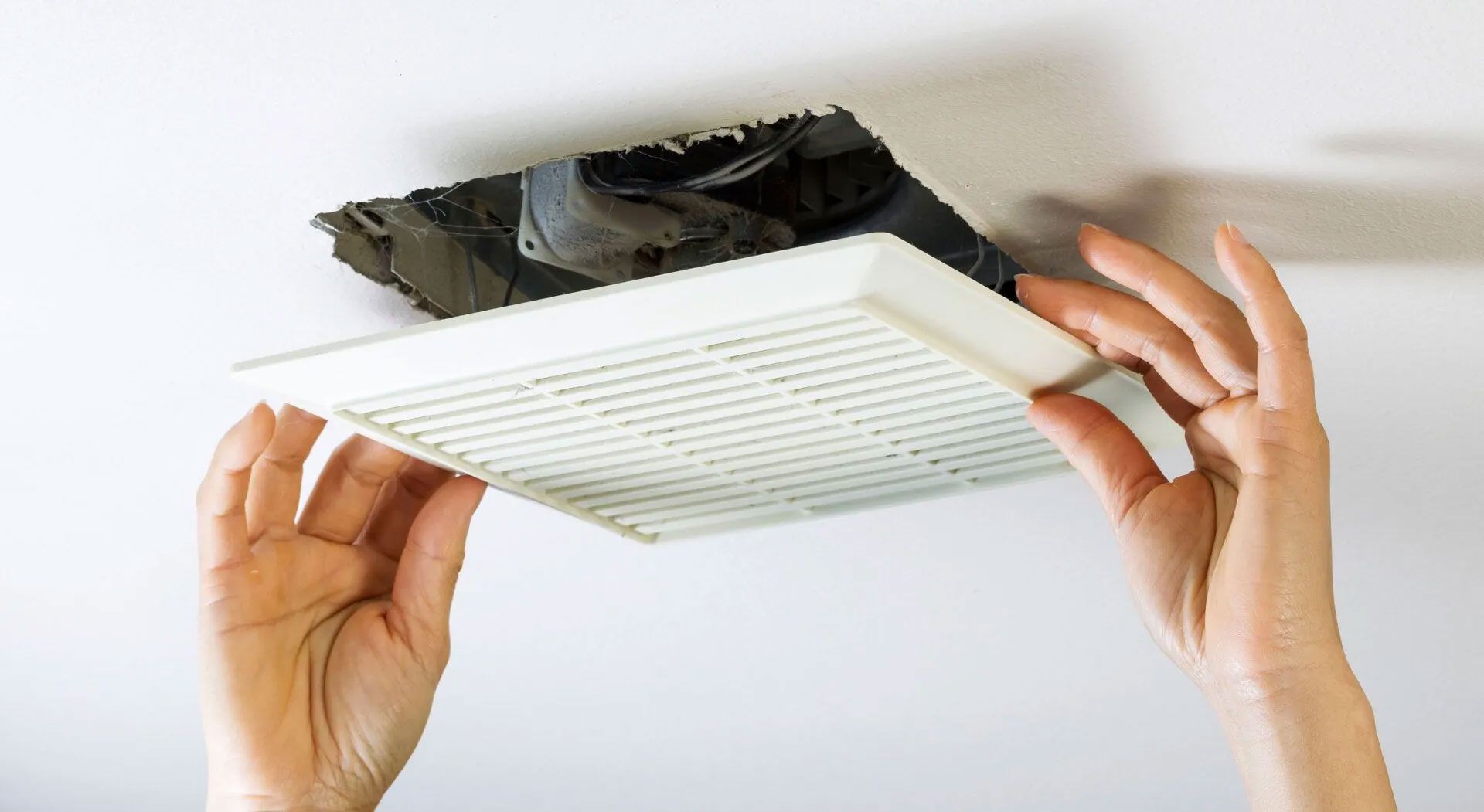
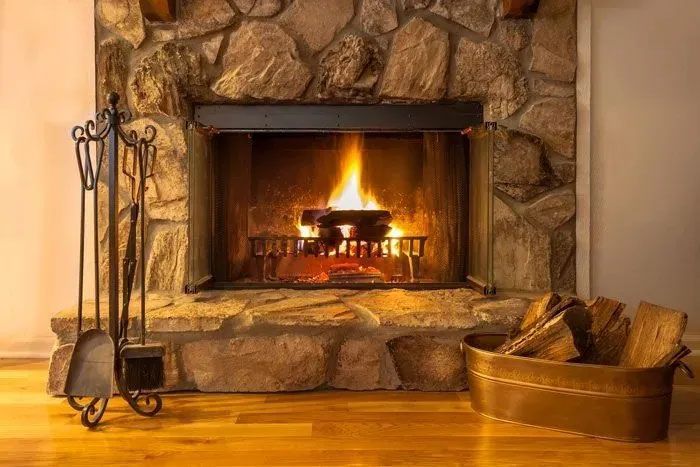
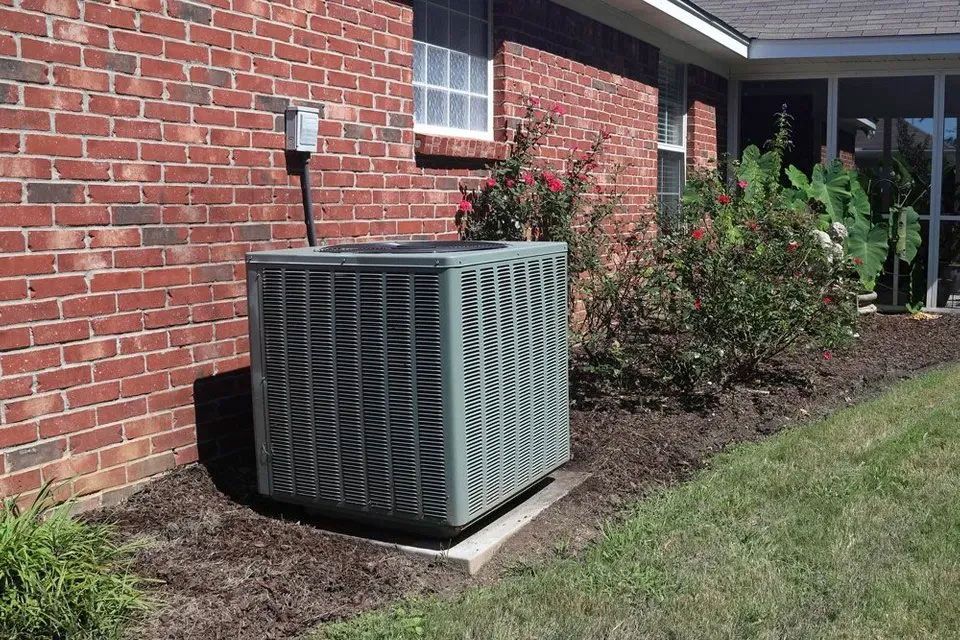
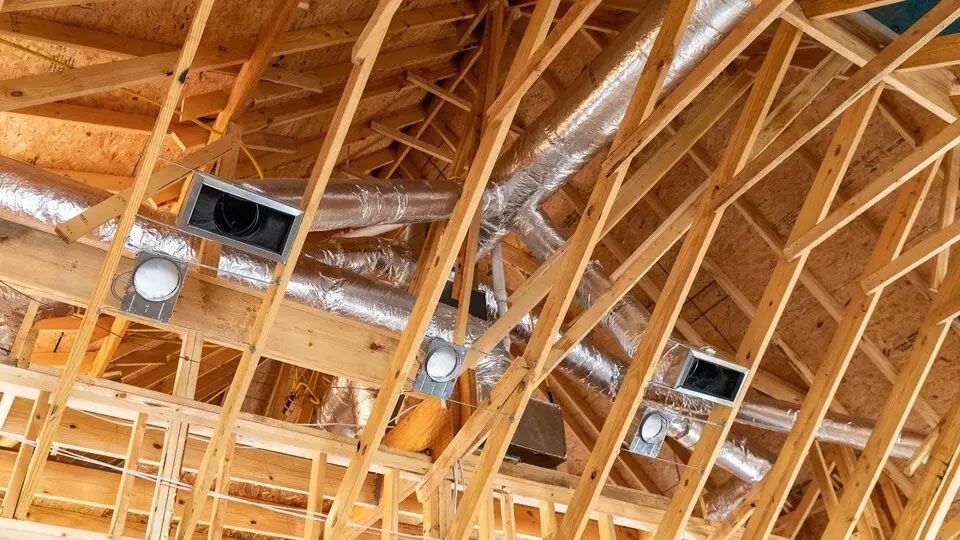
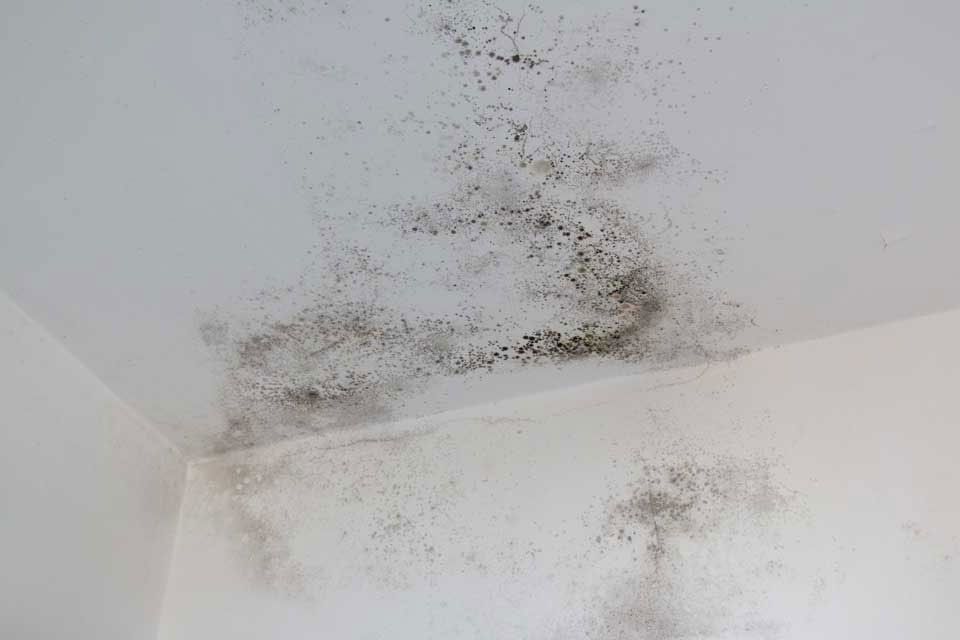
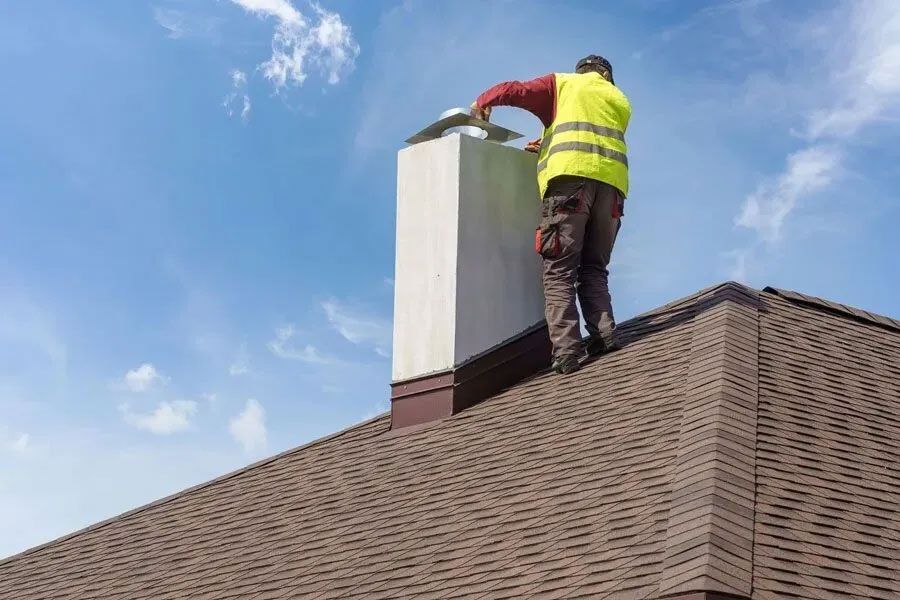
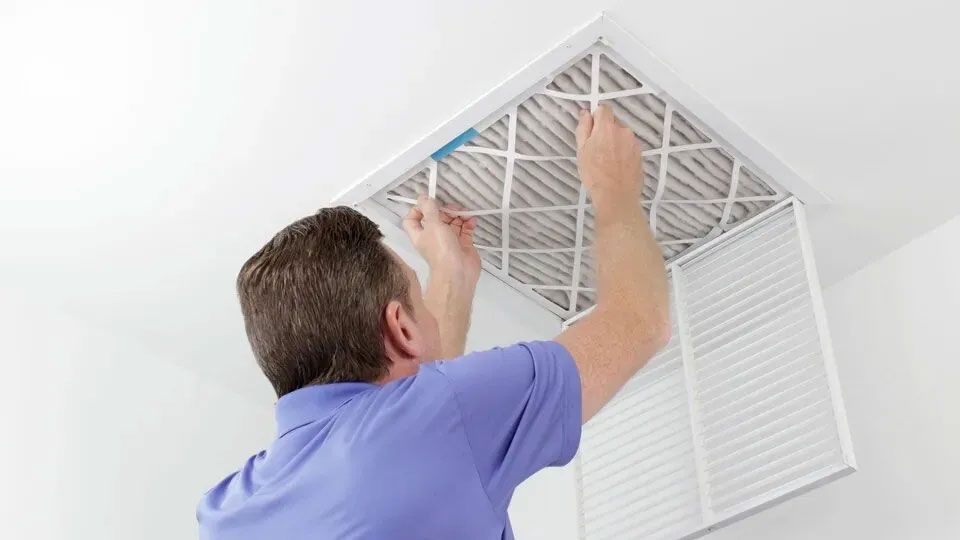
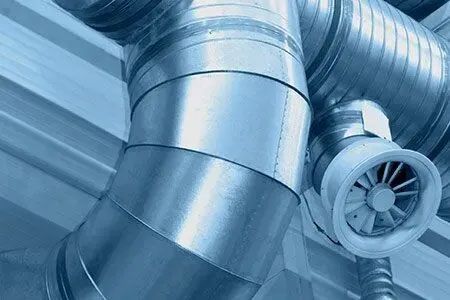
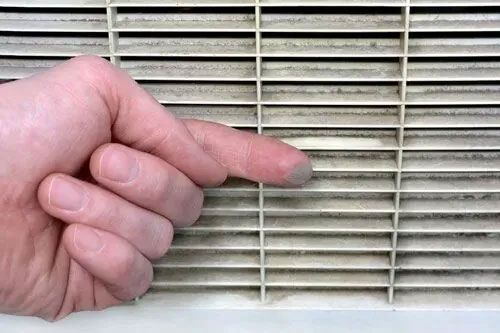
Get In Touch With Us!
Contact Us
We will get back to you as soon as possible.
Please try again later.
Contact Information
Address: 21 Business Park Cir, Arden, NC 28704
5710 West Gate City Blvd, Suite K, Greensboro, NC 27407
3620 Pelham Road Suite 5, Greenville SC 29615
Business Hours
Monday - Saturday: 8:00 am - 5:00 pm
After-Hours Appointments Available

